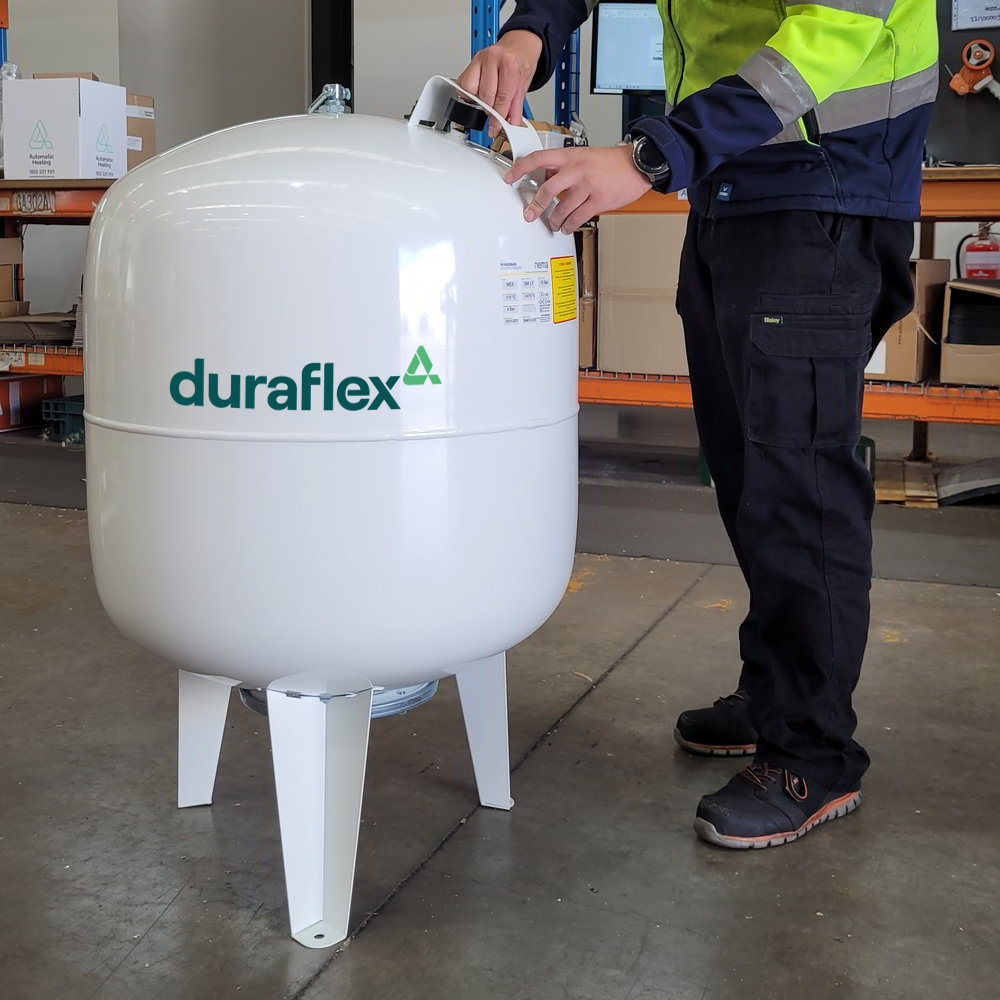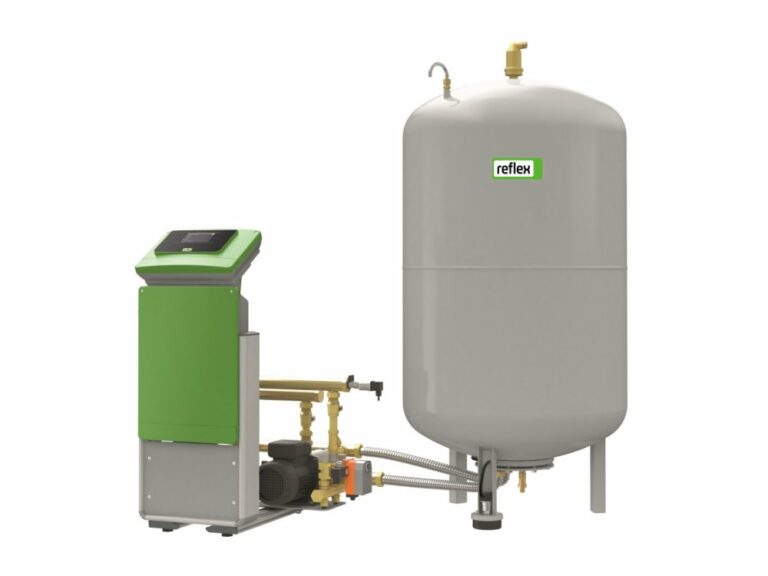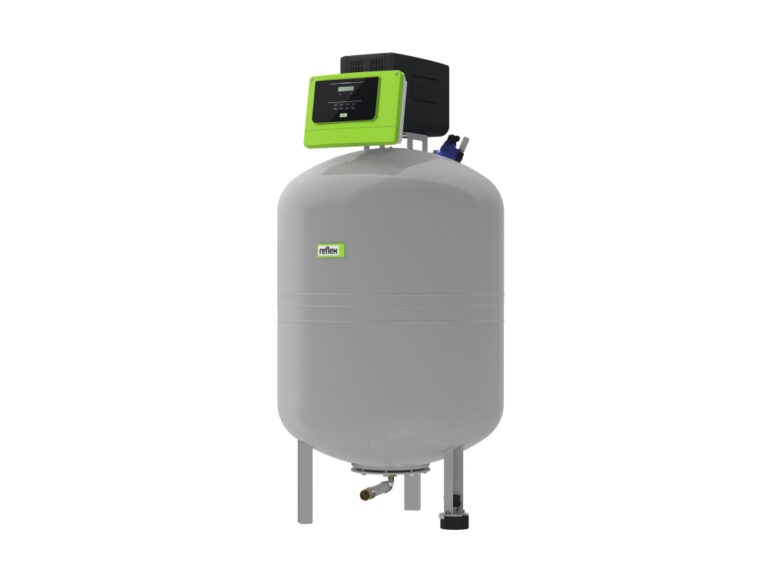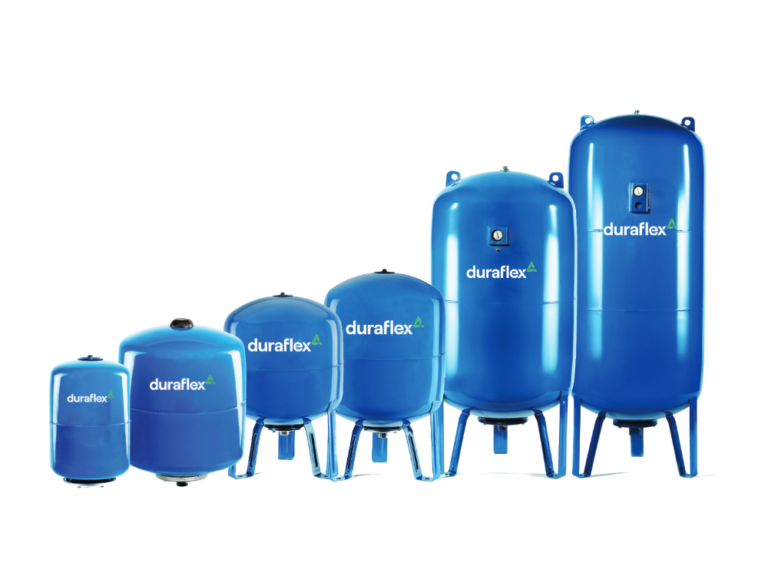Expansion Tank Sizing
Expansion Tank Sizing Calculator
Notes:
- Total System Volume includes water content in all coils, pipes, and equipment.
- If temperatures are not known, allow 30 °C max temperature for chilled water and 15 °C minimum temperature for heating water.
- All the inputs must be filled accurately for a valid calculation & selection.
- For any application other than HHW, CHW or CCW, please contact Automatic Heating for selections.

Static expansion tanks are supplied with a pre charge pressure of 150kPa.
Expansion tanks come in a variety of sizes. Selecting the appropriate size depends on several factors, such as water pressure, the total water capacity of the system, and the temperature of the water entering and exiting the system. Using these parameters, the recommended standard size is usually determined through charts or software.
The first step is to estimate the expansion coefficient using the table and chart below. The x-axis displays values representing the difference between the cold system water temperature (when the heating is off) and the maximum working temperature. On the other hand, the y-axis displays the corresponding expansion coefficients.
| °C | Coefficient |
|---|---|
| 0 | 0.00013 |
| 10 | 0.00025 |
| 20 | 0.00174 |
| 30 | 0.00426 |
| 40 | 0.00782 |
| 50 | 0.01207 |
| 60 | 0.0145 |
| 65 | 0.01704 |
| 70 | 0.0198 |
| 75 | 0.02269 |
| 80 | 0.0258 |
| 85 | 0.02899 |
| 90 | 0.0324 |
| 95 | 0.0396 |
| 100 | 0.04343 |





